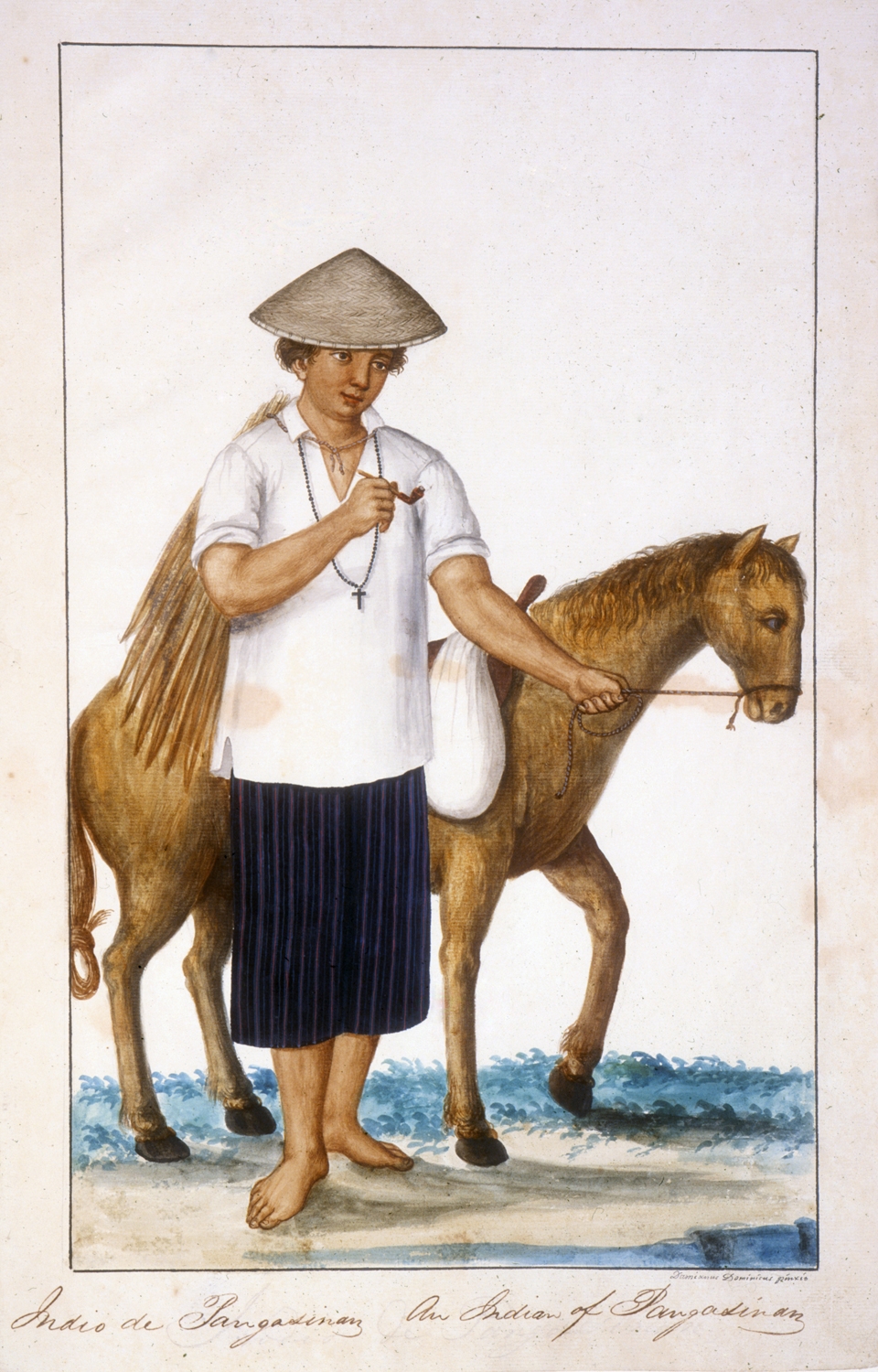Philippine Manuscripts
Introduction
To complement his extensive collection of Spanish and Indian language manuscripts documenting the early contacts of Europeans with the native peoples of the Americas, Edward E. Ayer (1841-1927) began buying materials on the Philippines in 1898 when he first learned that the United States had acquired the islands from Spain under the terms of the treaty that ended the Spanish-American War. Initially, the core of the collection consisted of items previously owned by the Compañia General de Tabacos in their Barcelona library, which Ayer obtained through the efforts of Madrid bookseller Pedro Vindel, although purchases and gifts over the years have substantially expanded the holdings.
The Philippine portion of the Ayer manuscript collection contains some 430 manuscripts dealing with the Philippines under Spanish colonial rule, from the early exploration and discovery of the islands in 1564 to the Philippine Revolution of 1899, with particular strength in government papers of the eighteenth century. Also included are five volumes of documents from 1578-1792 on Philippine history and politics, transcribed by Ventura del Arco in the Real Academia de la Historia in Madrid between 1859 and 1865.
In addition, there are 62 manuscripts in seven different Philippine languages, from Bicol and Bisaya to Tagalog and Zambala, primarily religious texts, grammar books, and vocabularies. Of special interest are the 32 “corridos,” metrical romances introduced by the Spanish, based on European fantasies and legends.
For an overview of most, but not all, of the Philippine manuscript holdings, researchers may wish to consult the Calendar of Philippine Documents in the Ayer Collection of the Newberry Library, edited by Paul S. Lietz (Chicago: Newberry Library, 1956); as well as Check List of Manuscripts in the Edward E. Ayer Collection, compiled by Ruth Lapham Butler (Chicago: Newberry Library, 1937). However, the complete official inventory of the Philippine and Philippine-language manuscripts should be searched in the library’s online catalog.

Subject Areas of Special Interest
- Missions: Jesuit missions in the Mariana Islands, China, and Japan; Dominican missions to Ituy and the Cagayan Valley
- Travel literature: Journals and reports of reconnaissance explorations and mapping expeditions of Juan Nepomuceno Burriel, Joaquin Bocalan y Vasquez, and Jose Navarrete
- Church-state conflicts: Petitions and official reports concerning the case of Juan Pimentel Official correspondence regarding Bishop Diego Camacho and episcopal visitation
- Expulsion of the Jesuits from the Philippines in 1768
- Official correspondence and reports on the deportation of members of the Order, and confiscation and liquidation of their properties
- Papers of Governor Simon de Anda y Salazar from 1738-1798, with particular reference to his conduct during the British capture of Manila in 1762-1763
- Commerce and trade: Manila galleon between Mexico and Philippines, Compania de Filipinas, trade rivalry with Britain and Holland, official reports of Francisco Leandro de Viana
- Conspiracy of Apolinario de la Cruz of 1841
- Problems of colonial development: Agriculture, social and racial issues (natives, Creoles, Sangleys), Moro pirates, Indian forced labor, government corruption, fortification and defense of the islands
- Notebooks and correspondence of Philippine patriot Jose Rizal (1861-1896)
- Philippine Rebellion, 1899
- Damián Domingo costume album. Album of watercolor drawings by Damián Domingo, probably commissioned between 1827 and 1832 by Rafael Daniel Babon, illustrating the native dress of “indios” and “mestizos” from widely diverse social classes and professions in Manila and some of the surrounding areas.
- Over 8,000 early twentieth Century ethnographic photographs. Dean C. Worcester Collection of Philippine photographs.
- Evangelina E. Lewis Collection of Postcards.
See John Phelan’s 1955 article in the Newberry Bulletin for more information about the Newberry’s Philippine Collection.
Have a Question?
Our librarians are here to help you get the most out of your research.